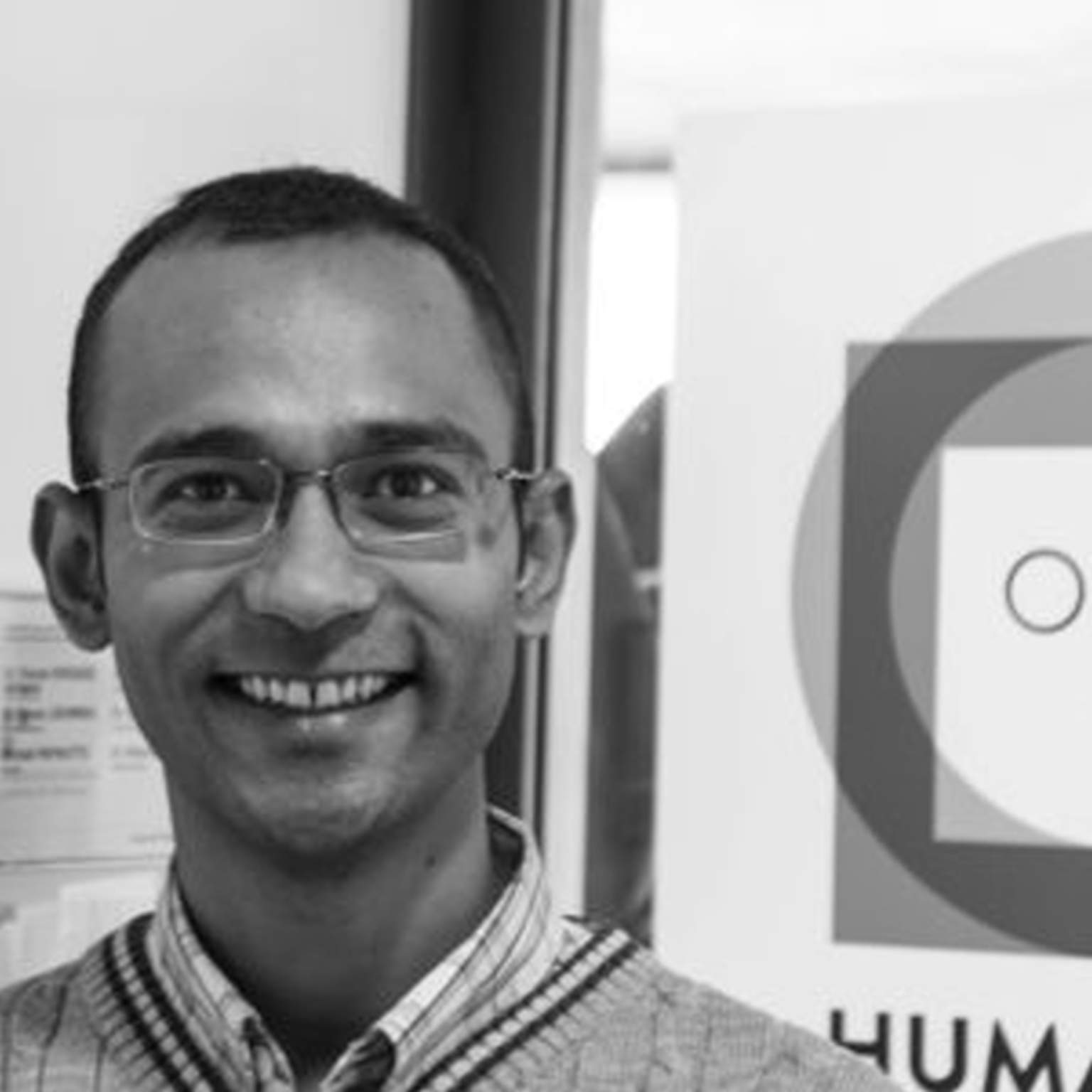What is the future of our inter-personal interactions — at work, school or beyond? And what role does technology plays in shaping our connected interactions?
The COVID pandemic is one of the most disruptive global event that has fundamentally altered the way we interact, socialize, work and learn. It has forced the entire world into a prolonged social experiment which has tested and mainstreamed what technology developers, researchers and visionaries have been talking about for decades — the ubiquity of working and interacting remotely. For decades, researchers and organizations have envisioned and played with the idea of “working-from-home” or “working-from-anywhere”. Remote work is not a new concept and we had communication tools and infrastructure to facilitate it even before the onset of the COVID pandemic.
So, what has essentially changed?
In our highly interconnected pre-COVID world, while an abundance of tools and technological solutions enabled opportunities for distant collaborators to connect, these tools were never envisaged as an extended and sustained means of working, learning, or socializing. Moreover, our “pre-COVID” social reality afforded an auxiliary and rather peripheral position to remote interactions and engagements. Additionally, researchers and organizations had no possibility of examining the extended remote social interactions and it’s ramifications on our life and well-being.
Now, as we move forward, what is the future of our connected interactions look like?
It is definitely going to be a future full of hybrid social possibilities and blended social experiences. Now that next pertinent question that we have to ask ourselves is — are hybrid and blended social realities the same thing?
The answer is, no! They are essentially different. Hybrid social arrangements concern with the malleable distribution of a person’s social and professional reality—in both time and activity—and the way it is positioned within the spectrum from completely physical to completely virtual. Effective manifestations of these hybrid social arrangements entail designing for blended social experiences, which combine socially-aware technologies and adaptive environments that can help people in meaningfully navigate their professional and social reality. Furthermore, hybrid arrangements correspond to an individual’s preferences around self-organization. Blended social experiences, on the other hand, are the embodiment of interactions between tools, space and activities.
From the perspective of organizations, hybrid arrangements (for example, partial work-from-home) are related to the effective governance of resources and the well-being of its members or employees. Blended-working/learning/meeting—experiences, as illustrated previously, encompass the dynamic and diverse ways in which the hybrid arrangements interact with digital tools and (physical or virtual) spaces to evoke a perception of social facilitation—an appropriated and rather simulated togetherness.
Designing for blended connected-ness entails not only the way we design technology, but essentially to re-think how our social, cognitive and perceptual needs, expectations, and experiences align with the technological and spatial aspects. For example, a Zoom meeting and a meeting in Virtual Reality serve the same purpose, but offer different level of blended-ness of technological and spatial dimensions in the social activity. Moreover, designing for blended social experiences also encourages us (design researchers) to ask the deep and fundamental questions about how different technological possibilities impact us on cognitive, perceptual and experiential levels.
How do they enable new forms of malicious activities (work place surveillance, privacy breaches) and how can they be prevented? What are the long-lasting impact of blended social experiences on our mental and physical well-being? Finally, how do we reimagine our workplaces, our schools and universities, our libraries, our cities, and our mobility as we move further into the blended social reality.




